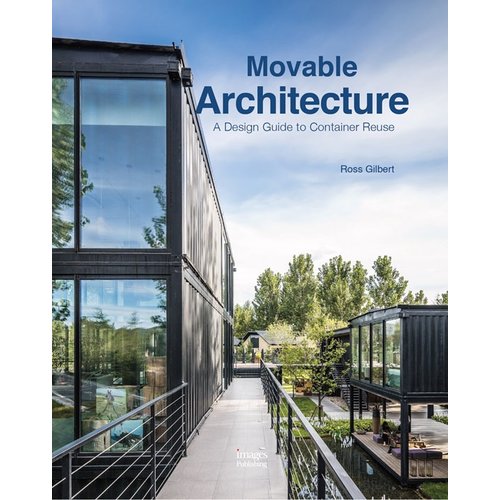Architects seeking safe, sustainable materials for their buildings have often had to operate in either an information vacuum or wade through an array of rating systems that can be burdensome and baffling. The complexity of supply chains sometimes means that no one is certain what substances a product contains; in other cases, a known material passes muster with one program while raising red flags with another. Manufacturers, too, struggle with the discrepancies and redundancies of different programs' reporting requirements. Now, with support from the U.S. Green Building Council, four major green-manufacturing organizations are striving to simplify the process of assessing and reporting materials' effects on human and environmental health.
“I think the [architecture and design] community does not have a full understanding of how complicated these supply chains are and the kind of industry transformation that's happening,” says Stacy Glass, vice president for the built environment at the Cradle to Cradle Products Innovation Institute (C2CPII), a San Francisco-based nonprofit that implements product and material standards originally envisioned by architect and author William McDonough and chemist Michael Braungart. C2CPII is joining Clean Production Action, the Healthy Building Network, and the Health Product Declaration (HPD) Collaborative on a “Harmonization Task Force” charged with reconciling inconsistencies across programs so that suppliers can report the content of their products more easily and specifiers can understand their toxicities more clearly. “We're making huge progress,” Glass continues, “toward simplifying this path. Everybody's common goal is, we want better, cleaner, healthier materials out there. There's a path to do this, and we want to get manufacturers on the path.”
The Material Health Evaluation Programs Harmonization Opportunities Report, published by the USGBC last year, set out the challenge diving into the details of best practices in ingredient reporting and hazard assessment. Comparing five protocols – C2CPII’s Cradle to Cradle Certified Product Standard; Clean Production Action’s GreenScreen for Safer Chemicals; the Healthy Building Network’s Pharos Chemical and Material Library and Building Product Library; the HPD Collaborative’s Health Product Declaration; and the International Living Future Institute’s Declare – the report describes multiple areas where they can align standards and cut compliance costs. All five define procedures for content inventory and screening against various “red lists” of hazardous and restricted substances. The programs are interdependent in some areas: HPD and Pharos incorporate the GreenScreen List Translator, for example, automating the time-intensive process of researching a material's hazards. GreenScreen and C2CPII, recognizing that avoiding what Glass calls “the super-bad players” (known carcinogens, mutagens, reproductive toxins, and endocrine disruptors) is just the low-hanging fruit of environmentally responsible specification, go further into full hazard assessment. The latter program certifies products at five levels across five categories, evaluating material reuse, energy management, water stewardship, and social fairness along with material health.
The goal is to streamline the programs, Glass notes, not merge them. Participants recognize that different benchmarks serve different needs, from basic reporting to full C2CPII certification. Instead, balancing some of the relevant priorities (transparency versus protection of proprietary information, for example, or self-disclosure versus third-party verification), the task force calls for collaboration plus development of a comprehensive hazard database and a one-stop data-entry interface. Development of this tool is “well under way,” she says, “and I think there'll be a rollout of the first phase at Greenbuild [in] mid-October.”
These reporting systems, Glass adds, are unrelated to the Environmental Protection Agency's regulations and lack the force of law (as well as the tendency to attract pushback from industry over interpretations and implications of research, she notes, citing American Chemical Council and Vinyl Institute opposition to LEED v4 over the life-cycle-hazard status of polyvinyl chloride). They reflect an accentuate-the-positive philosophy, a belief that research-based information about both hazardous materials and safer substances with similar performance attributes can drive markets and innovation in ways that simple banned-material lists cannot. “There are things that we know are bad; enough research has been done; and that's where the precautionary principle comes into play,” she says. “There's enough evidence here to say that we should be concerned about them. So let's just find alternatives.”





